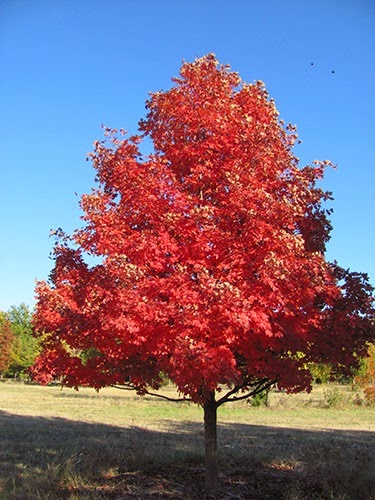Controlling weeds in wheat takes prior planning
Sandra Wick, Agriculture Natural Resources Agent
Weeds compete with wheat for light, water, nutrients, and
space. Uncontrolled weeds in wheat
decrease yields, lower quality and interfere with harvest. It is important to scout fields and properly
identify young weed seedlings early in the season to develop an effective weed
management strategy. Understanding the
life cycle of the weeds will also help with identification and control.
Basically weeds are divided into different categories
depending on their emergence and growth pattern. There are winter annuals, summer
annuals and perennials.
Winter annual
weeds generally emerge in the fall of the year, go dormant over winter,
resume active growth in the spring, flower and set seed before dying in the
summer. Winter annual weeds are
generally most susceptible to herbicides in the fall or before they have begun
to bolt or joint in the spring. These include grasses and broadleaves such as cheat
grasses, jointed goat grass, mustards, field pennycress or henbit. Winter
annual weeds are usually the most abundant type of weeds in winter wheat
because they
 |
|
Tansy Mustard rosette
|
have a similar
life cycle.
There are several herbicide options for controlling winter annual broadleaf weeds in wheat.
Generally, fall applications will provide the best control of winter annual
weeds with any herbicide, as long as the weeds have emerged. The majority of
winter annual weeds usually will emerge in the fall, although you can still
have some emergence in the spring, especially if precipitation after planting
is limited in the fall. However, winter annual weeds that emerge in the spring
often are not very competitive with the crop, at least in years when there is a
good crop stand.
Some herbicides can work well even when applied during
the dormant part of the season, while others perform best if the crop and weeds
are actively growing. The key difference relates to the degree of soil activity
provided by the herbicide. Herbicides that have good residual activity, such as
Glean, Finesse, Amber, and Rave can generally be applied in January and
February when plants aren’t actively
growing and still provide good weed control, assuming you have proper
conditions for the application. Most other herbicides, which depend more on
foliar uptake, will not work nearly as well during the mid-winter months, when
the wheat and weeds aren’t actively growing, as compared to a fall or early
spring application.
 |
|
“bolted” Tansy Mustard
|
Spring herbicide applications can be effective for winter
annual broadleaf weed control as well, but timing and weather conditions are
critical to achieve good control. Spring applications generally are most
effective on winter annual broadleaf weeds soon after green-up when weeds are
still in the rosette stage of growth, and during periods of mild weather. Once
weeds begin to bolt and wheat starts to develop more canopy, herbicide
performance often decreases dramatically.
We will continue the summer annuals and perennial
management strategies in further discussions for another blog. So stay tuned for more information on our
Post Rock Extension District BLOG.
We recently held two Weed
Management meetings in the Post Rock Extension District during the month of
December. If you would like information
from the meetings, contact me at swick@ksu.edu
or call me at the Smith Center office at 785-282-6823.
For more information on upcoming agronomy educational
programs visit the Post Rock Extension District website (www.postrock.ksu.edu) or contact your
local Post Rock Extension District Offices in Beloit, Lincoln, Mankato, Osborne
or Smith Center.








